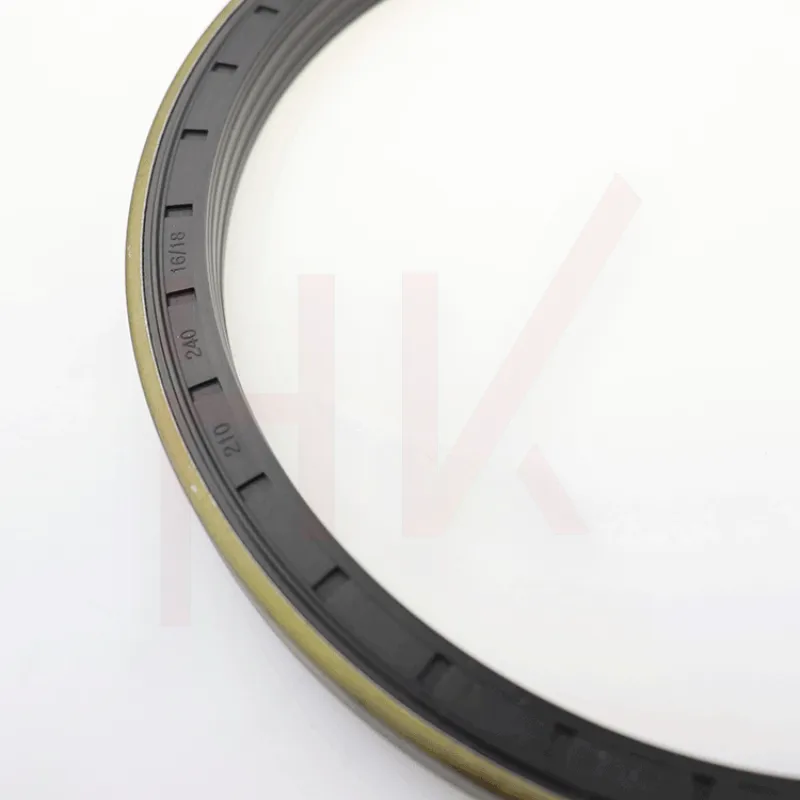Ліст . 20, 2024 09:19 Back to list
hydraulic cylinder seal replacement
Hydraulic Cylinder Seal Replacement A Step-by-Step Guide
Hydraulic systems are pivotal in various industrial applications, from construction equipment to manufacturing machinery. One crucial component of these systems is the hydraulic cylinder, which relies on seals to maintain pressure and prevent leaks. Over time, seals can wear out due to factors such as normal wear and tear, exposure to extreme temperatures, and contamination. When seals fail, it can lead to reduced efficiency and costly fluid leaks. Therefore, understanding how to replace hydraulic cylinder seals is essential for maintenance and longevity.
Understanding Hydraulic Cylinder Seals
Hydraulic cylinders operate under high pressure; thus, their seals must be durable and resilient. The primary types of seals used in hydraulic cylinders include O-rings, piston seals, and rod seals. Each of these seals plays a critical role in ensuring the cylinder operates effectively. For example, rod seals help keep hydraulic fluid from leaking out of the cylinder, while piston seals prevent fluid from bypassing the piston.
Signs of Seal Failure
Before replacing seals, it’s vital to recognize the signs of seal failure. Common indicators include - Leaking Fluid Visible fluid around the cylinder is a significant sign that seals may be worn out. - Reduced Performance A drop in system pressure or slower operation of the cylinder may suggest that seals are failing. - Noise Unusual noises during operation can indicate that there is an issue with the seals or other components.
Tools and Materials Needed
Before starting the replacement process, ensure you have the necessary tools and materials - A complete seal replacement kit specific to your hydraulic cylinder model. - Wrenches or sockets to remove the cylinder. - Screwdrivers and prying tools for seal removal. - Cleaning agents to remove old seal residue and contaminants. - Lubricant specifically designed for hydraulic systems.
Step-by-Step Replacement Process
1. Safety First Before working on any hydraulic equipment, ensure that the system is depressurized. Disconnect power sources and isolate the hydraulic lines to prevent accidental operation.
hydraulic cylinder seal replacement

2. Remove the Cylinder Carefully disconnect the hydraulic cylinder from the system. This may involve removing bolts or fittings and possibly draining hydraulic fluid.
3. Disassemble the Cylinder Once the cylinder is removed, disassemble it carefully. Take note of the arrangement of components as you work. It can be helpful to take pictures for reference.
4. Remove Old Seals Using appropriate tools, carefully pry out the old seals. Take care not to damage the cylinder surfaces during this process. Inspect the cylinder for any scratches or damage that may require repair before new seals are installed.
5. Clean the Cylinder Thoroughly clean the cylinder, removing all old seal remnants and contaminants. Use a soft cloth and a suitable cleaning agent for hydraulic systems to ensure a clean surface.
6. Install New Seals Apply a small amount of lubricant to the new seals before installation. This helps prevent damage during the assembly process. Carefully fit the new seals into their respective grooves, ensuring they are seated correctly.
7. Reassemble the Cylinder Once the new seals are in place, reassemble the hydraulic cylinder. Follow the reverse order of disassembly, ensuring all components are correctly aligned and tightened to manufacturer specifications.
8. Reconnect and Test After reassembling, reconnect the cylinder to the hydraulic system. Refill with hydraulic fluid as necessary and carefully bleed the system to remove any air pockets. Finally, test the cylinder's function to ensure that the seals are functioning properly.
Conclusion
Replacing seals in hydraulic cylinders is a straightforward process that can significantly impact the efficiency of hydraulic systems. Regular maintenance and timely seal replacement can prevent more significant issues and costly repairs. By following the steps outlined above, operators can ensure that their hydraulic cylinders operate efficiently and effectively for years to come. Remember, when in doubt, consult with a professional or refer to the manufacturer's guidelines to ensure the best practices are followed.
-
TCN Oil Seal Metal Ring Reinforcement for Heavy Machinery
NewsJul.25,2025
-
Rotary Lip Seal Spring-Loaded Design for High-Speed Applications
NewsJul.25,2025
-
Hydraulic Cylinder Seals Polyurethane Material for High-Impact Jobs
NewsJul.25,2025
-
High Pressure Oil Seal Polyurethane Coating Wear Resistance
NewsJul.25,2025
-
Dust Proof Seal Double Lip Design for Construction Equipment
NewsJul.25,2025
-
Hub Seal Polyurethane Wear Resistance in Agricultural Vehicles
NewsJul.25,2025
-
The Trans-formative Journey of Wheel Hub Oil Seals
NewsJun.06,2025
Products categories
















